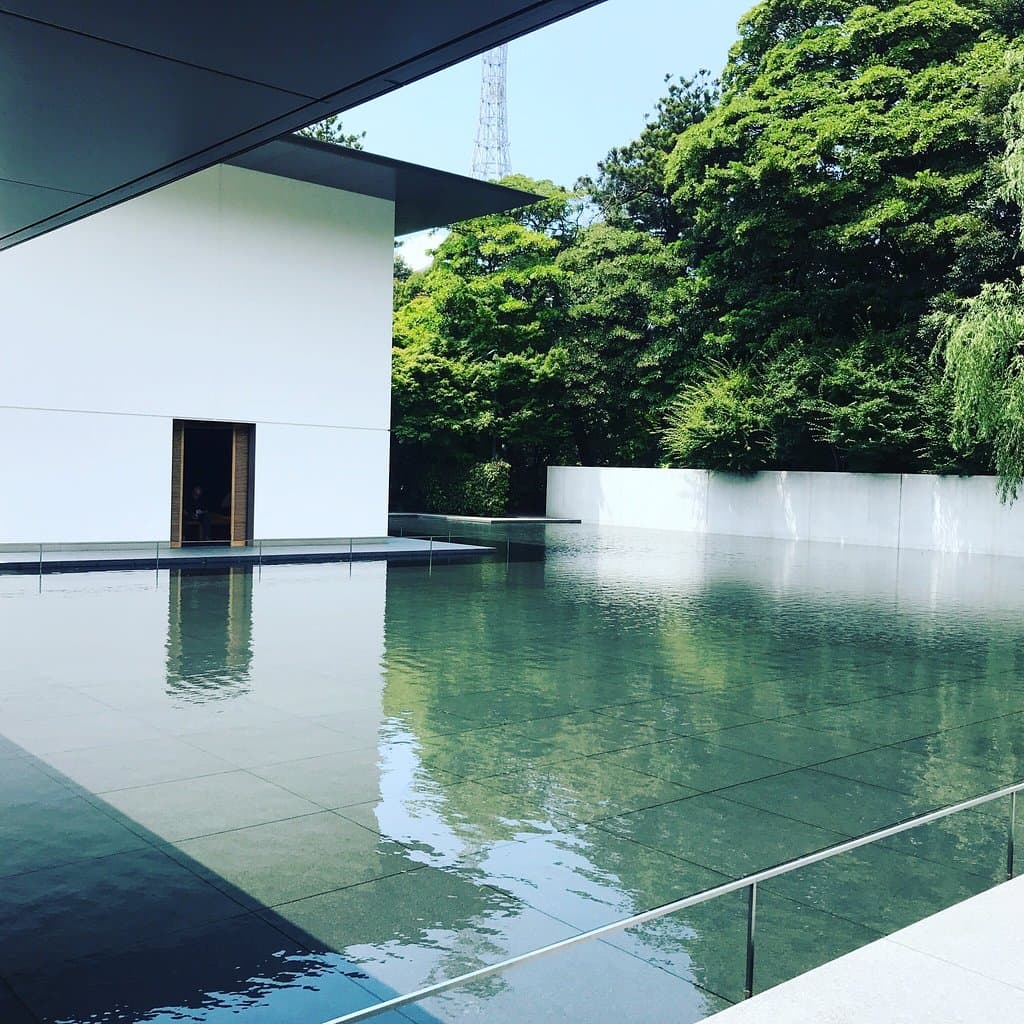
D.T. Suzuki Museum
A serene sanctuary dedicated to Zen philosopher D.T. Suzuki, featuring minimalist architecture and tranquil gardens for contemplation.

Highlights
Must-see attractions

Social
From TikTok & Reddit
Best Time
Experience ultimate peace

D.T. Suzuki Museum
Best Time
Experience ultimate peace

Highlights
Must-see attractions
A serene sanctuary dedicated to Zen philosopher D.T. Suzuki, featuring minimalist architecture and tranquil gardens for contemplation.
"Wonderful place, if you like great architecture, nature and calmness- it is a must visit."
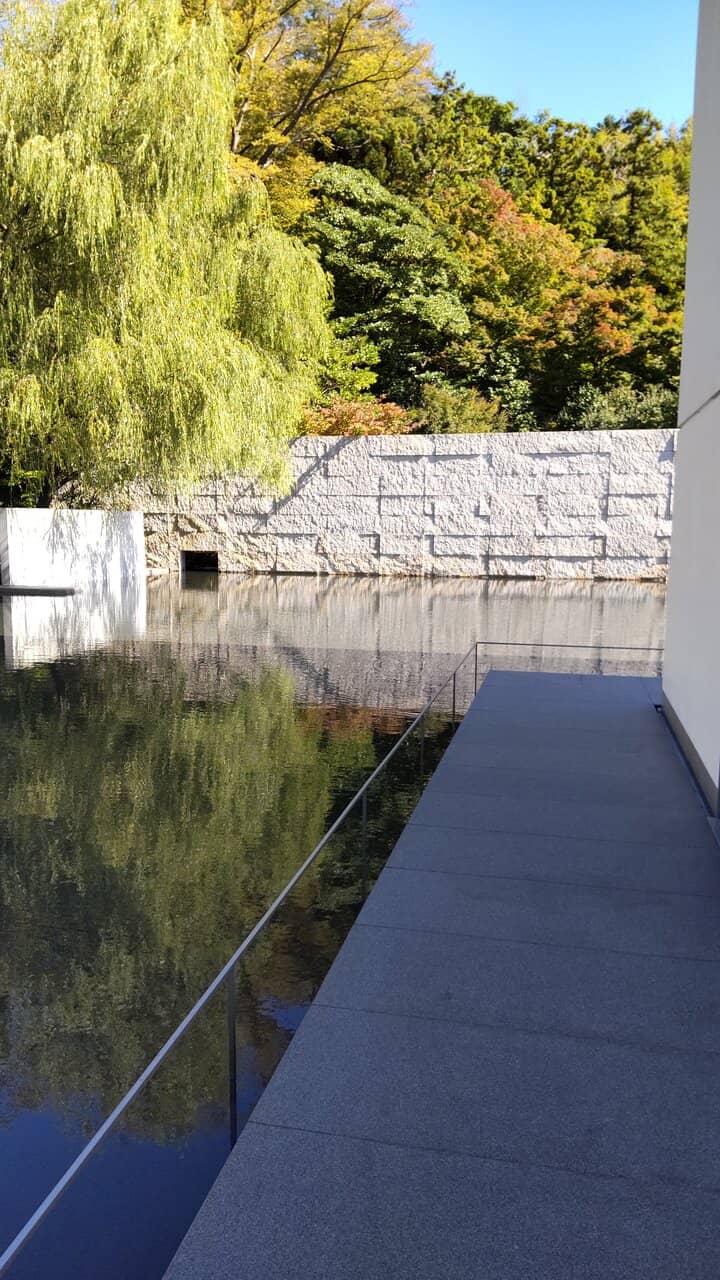
Allocate ample time
Don't rush! Allow at least 1-2 hours to truly absorb the peaceful atmosphere and philosophy.
Embrace quiet reflection
This museum is for contemplation. Sit, reflect, and let the Zen philosophy wash over you.

Highlights
Discover the most iconic attractions and experiences
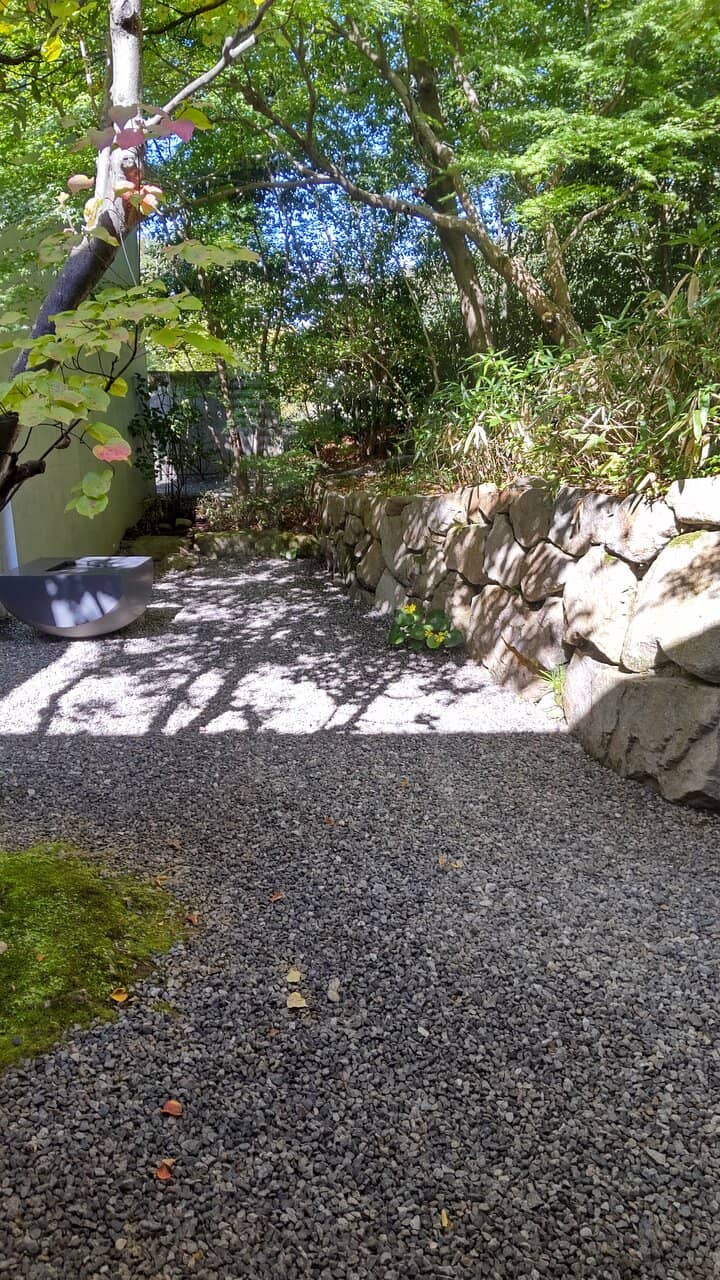
The Water Pool
Entrance
A stunning architectural feature designed to evoke peace and contemplation. The intentional water rings are a visual metaphor.
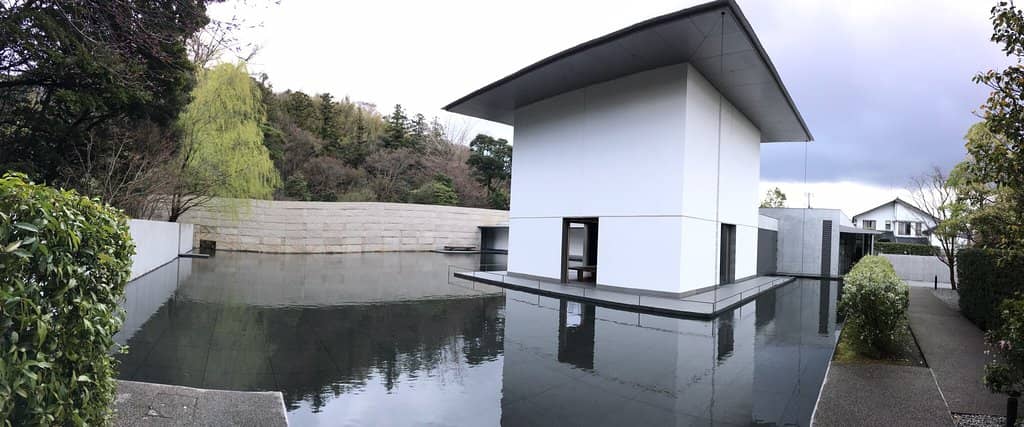
Contemplation Spaces
Throughout the museum
Quiet areas designed for reflection, offering a deep dive into Zen Buddhist philosophy and its calming influence.
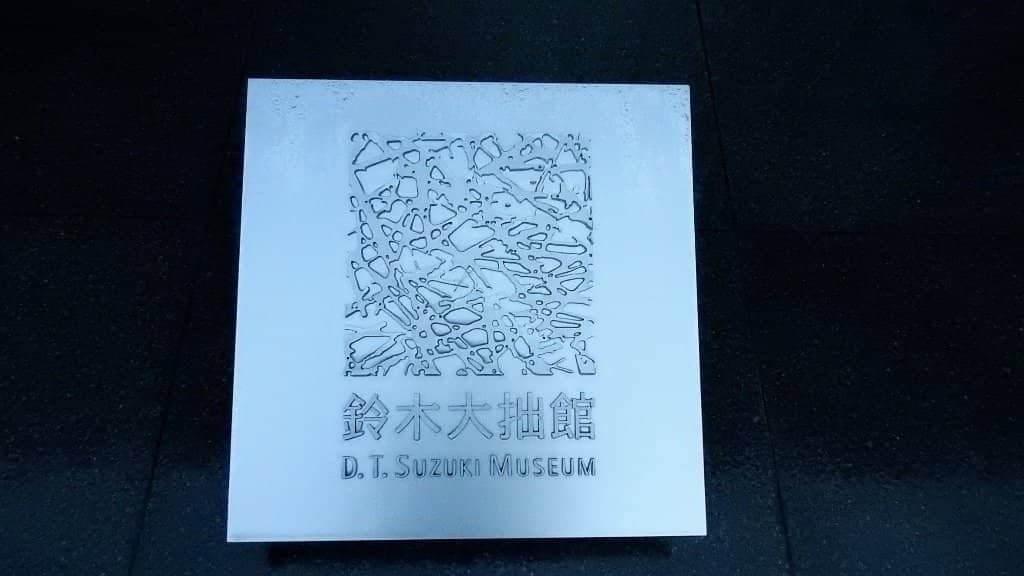
Tranquil Gardens
Exterior
Beautifully maintained gardens that complement the museum's serene atmosphere, offering a peaceful escape even on a rainy day.
Plans like a pro.
Thinks like you
Planning Your Visit
Embrace Tranquility
Best Time for Calm
Best Times
Insider Tips
from TikTok, Instagram & Reddit
Allocate ample time
Don't rush! Allow at least 1-2 hours to truly absorb the peaceful atmosphere and philosophy.
Embrace quiet reflection
This museum is for contemplation. Sit, reflect, and let the Zen philosophy wash over you.
Allocating time in Kanazawa
Help! What else to do on Kanazawa tomorrow?
Architecture lovers rejoice
The minimalist design and thoughtful details are a highlight for many visitors.
Gardens are beautiful year-round
Even on a rainy day, the gardens offer a peaceful and beautiful experience.
Tips
from all over the internet
Allocate ample time
Don't rush! Allow at least 1-2 hours to truly absorb the peaceful atmosphere and philosophy.
Embrace quiet reflection
This museum is for contemplation. Sit, reflect, and let the Zen philosophy wash over you.
Architecture lovers rejoice
The minimalist design and thoughtful details are a highlight for many visitors.
Gardens are beautiful year-round
Even on a rainy day, the gardens offer a peaceful and beautiful experience.
Minimal entrance fee
The experience is amazing for a very small admission cost.
What Travellers Say
Reviews Summary
Visitors consistently praise the D.T. Suzuki Museum for its profound sense of peace, beautiful architecture, and the opportunity to engage with Zen Buddhist philosophy. Many highlight the tranquil gardens and contemplative spaces as key attractions, making it a highly recommended destination for those seeking serenity and architectural beauty. Some note it's a smaller museum, but the experience is deeply rewarding for its minimal cost.
"This museum is worth visiting, featuring beautiful architecture that brings a sense of peace. Throughout the visit, you encounter the ideas and works of the Buddhist philosopher, which are simple yet profoundly meaningful."
Miguel Alves
"Wonderful place, if you like great architecture, nature and calmness- it is a must visit. The exhibition is also very good."
Michaela Kluchová
"Fantastic museum! It is a great opportunity for those willing to experience zen budhism philosophy. The gardens around are also incredibly peaceful and beautiful, even on a rainy day."
Marina Dreux
What People Like
What People Dislike
Frequently Asked Questions
🚇 🗺️ Getting There
The D.T. Suzuki Museum is accessible by public transport. From Kanazawa Station, you can take a local bus towards the museum area. Many visitors find it a pleasant walk through a park to reach the museum entrance.
While specific parking details can vary, it's generally recommended to use public transportation or taxis to reach the museum, as parking might be limited in the immediate vicinity.
Yes, the museum is located in an area with other attractions, and many visitors enjoy walking through parks and scenic routes to reach it. It's a pleasant way to experience the surroundings.
🎫 🎫 Tickets & Entry
The museum typically opens in the morning and closes in the late afternoon. It's advisable to check the official website for the most current opening hours, as they can vary seasonally.
The entrance fee for the D.T. Suzuki Museum is generally minimal, making it a very affordable and worthwhile visit.
Advance booking is usually not required for the D.T. Suzuki Museum, as it's not typically a high-volume attraction. However, checking their official website is always a good idea, especially during peak travel seasons.
The museum is designed with accessibility in mind, featuring thoughtful architecture. It's recommended to contact the museum directly for specific accessibility information if needed.
🎫 🧭 Onsite Experience
The museum is dedicated to the life and philosophy of D.T. Suzuki, a prominent Buddhist philosopher. It aims to provide a space for contemplation and understanding of Zen Buddhism through its exhibits and architecture.
You can expect to see exhibits on D.T. Suzuki's work, experience the unique architecture designed for tranquility, and spend time in the peaceful contemplation spaces and gardens.
Most visitors recommend allocating at least 1 to 2 hours to fully appreciate the museum's atmosphere and exhibits. It's a place to linger and reflect.
Photography policies can vary. It's best to check for signage within the museum or inquire with staff. Often, photography might be restricted in certain areas to maintain the contemplative atmosphere.
The architecture is a key feature, designed to embody Zen principles and create a serene environment. The water pool and minimalist design are particularly noteworthy.
🍽️ 🍽️ Food & Dining
The museum itself focuses on the contemplative experience and typically does not have extensive dining facilities. However, there are usually cafes and restaurants in the surrounding areas of Kanazawa where you can find refreshments.
Generally, food and drinks are not permitted inside the museum's exhibition spaces to preserve the tranquility and cleanliness. Please consume them outside before entering.
📸 📸 Photography
The water pool at the entrance is a very popular and photogenic spot. The gardens also offer beautiful framing opportunities. The minimalist interior architecture can also be striking.
While exterior shots are generally fine, interior photography might be restricted in certain areas to maintain the contemplative atmosphere. Always look for signs or ask staff.
Photography that captures the minimalist aesthetic, the interplay of light and shadow, and the serene atmosphere will be most effective. Focus on details and the overall sense of calm.
For Different Travelers
Tailored advice for your travel style
👨👩👧 Families with Kids
Focus on the visual elements like the water features and the clean lines of the architecture. Encourage them to observe the patterns in the gardens and discuss the feeling of calmness. It's a great opportunity to introduce them to a different kind of cultural experience that emphasizes peace and mindfulness.
🧘 Solo Travelers & Seekers
Take your time to sit in the contemplation areas and absorb the atmosphere. Consider reading some of D.T. Suzuki's works beforehand or afterwards to deepen your understanding. The museum offers a unique opportunity to connect with yourself and the principles of Zen Buddhism in a supportive environment.
Deep Dives
In-depth insights and expert knowledge
The Philosophy of D.T. Suzuki
Key concepts often explored include emptiness (sunyata), non-duality, and the everyday practice of Zen. The museum's layout encourages visitors to ponder these ideas, with spaces designed for quiet contemplation and reflection. It's not just about learning facts, but about feeling the essence of Suzuki's teachings.
Many visitors report leaving the museum with a renewed sense of calm and a deeper appreciation for mindfulness. The experience is often described as meditative, making it a unique cultural and spiritual destination.
Architectural Serenity
The architecture is intentionally understated, allowing the visitor's inner experience to take center stage. Natural light is carefully controlled, and the flow between indoor and outdoor spaces is fluid, blurring the lines between the built environment and nature. This thoughtful design ensures that every element contributes to a sense of peace and mindfulness.
Visitors consistently praise the museum's architecture, noting how it enhances the overall experience. The feeling of peace and serenity is often cited as a primary reason for recommending the museum, highlighting the architect's success in translating philosophical concepts into a physical space.






Social
from TikTok, Instagram & Reddit